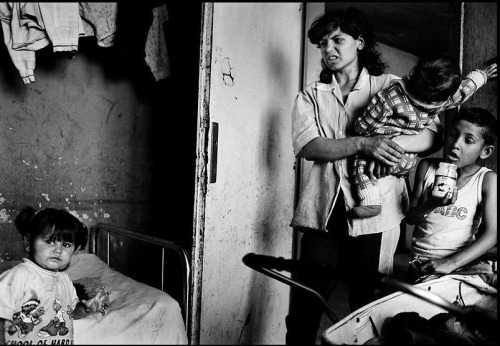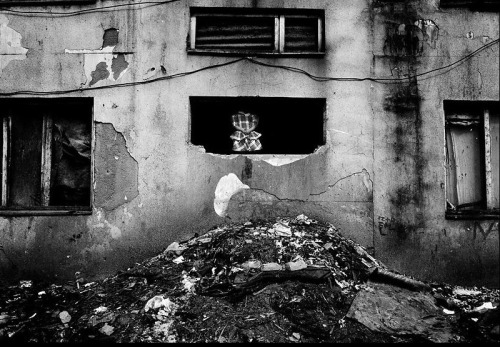leptiir:Roma in Europe: Persecuted and misunderstoodIn Kosice, Slovakia, the Roma population took to
leptiir:Roma in Europe: Persecuted and misunderstoodIn Kosice, Slovakia, the Roma population took to the streets in massive demonstrations in 2004. The demonstrations took place after the government cut the social services considerably. In the eastern part of Slovakia -where the major part of the Roma population lives, this cut made every-day life extremely difficult. Many Roma families lost much of their means of survival.Who are the Roma?Roma, also called Gypsies or Romany, are a group of people marked by poverty who live mainly in southern and eastern Europe, though they live throughout the continent. They tend to live in camps, caravans, or informal settlements and have been persecuted throughout history.Some are Christian and some are Muslim, having converted while migrating through Persia and the Balkans, according to the United States Holocaust Memorial Museum.Most Roma speak dialects of a language called Romani, which is based on Sanskrit, the classical language of India, the museum says. The language is largely unwritten, however, because of the high rates of illiteracy in most Roma communities, according to information from Minnesota State University.Where did the Roma come from?Roma originated in the Punjab region of northern India as a nomadic people and entered Europe between the 8th and 10th centuries, according to the Holocaust museum. They were called Gypsies because Europeans mistakenly believed they came from Egypt.Many Roma traditionally worked as craftsmen and were blacksmiths, cobblers, tinsmiths, horse dealers, and toolmakers, according to the museum. Others were performers like musicians, circus animal trainers, and dancers. By the 1920s, some were also working as shopkeepers or civil servants.The number of nomadic Roma was on the decline in many places by the early 1900s, though many “sedentary” Roma often moved seasonally, depending on their occupations, the museum says.Where did the Roma go in Europe?Roma were living in Spain, France, England, and large parts of what is today Russia and Eastern Europe by the late 1400s. They suffered persecution in those countries ranging from laws against their language and dress to expulsion, according to Minnesota State. In the beginning of the 15th century, many Roma were forced into slavery by Hungarian and Romanian nobles who needed laborers for their large estates, according to the university.Roma suffered persecution during World War II. The Nazis judged Roma to be “racially inferior,” according to the Holocaust museum. “Their fate in some ways paralleled that of the Jews,” the museum said. The Nazis subjected Roma to internment, forced labor, and murder. (Read more)Credit: Carsten Snejbjerg -- source link
Tumblr Blog : leptiir-deactivated20130823.tumblr.com
#ss








